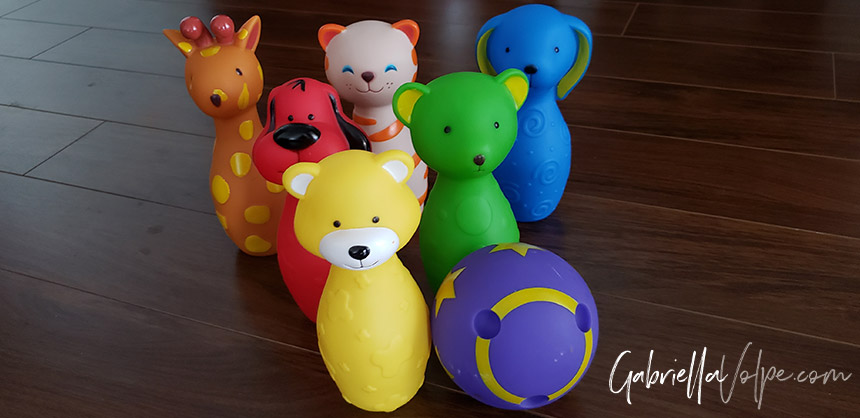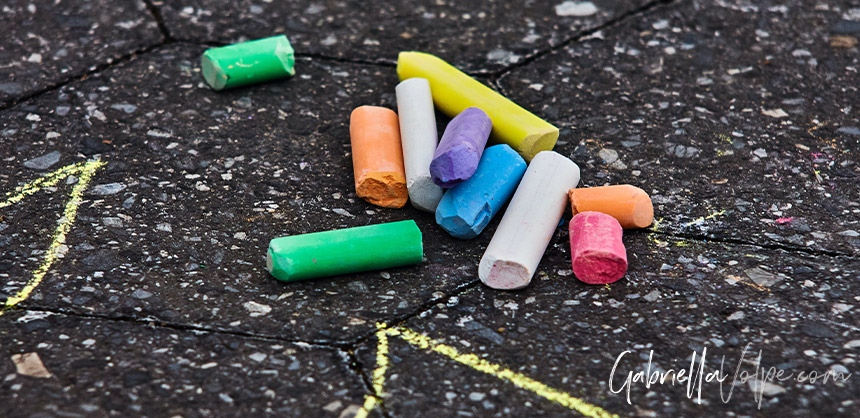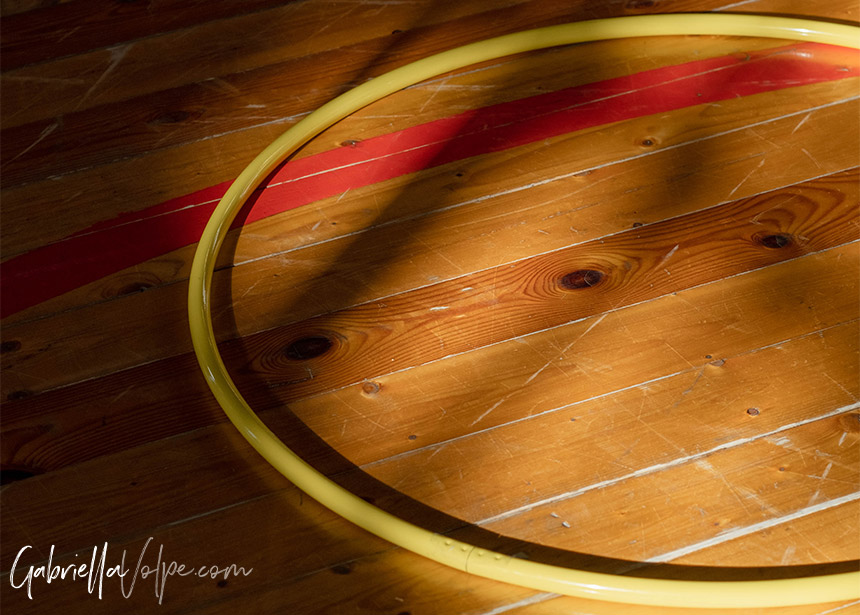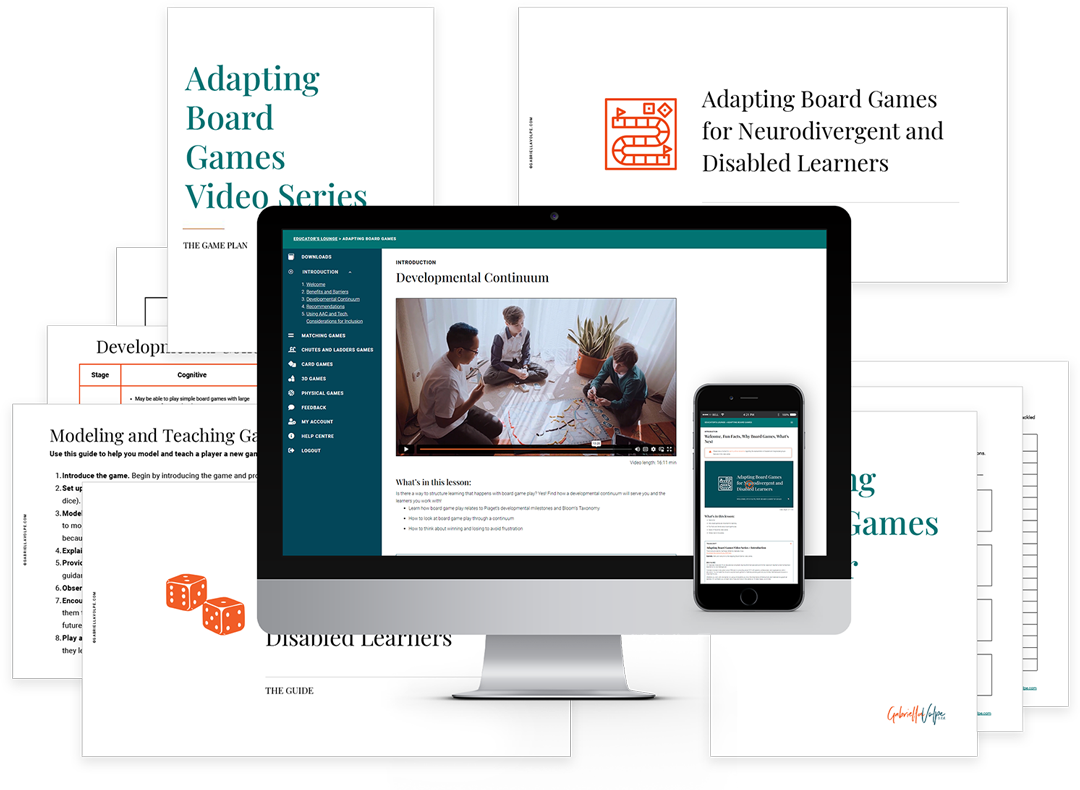This article is part of the Adapting Board Games for Neurodivergent and Disabled Kids series. Find the main page for this series here.
Physical games are games often played with the entire body. It requires standing, jumping, moving around, etc. This may pose a challenge for some kids with physical disabilities, but it doesn’t mean these games can’t be inclusive!
Popular Physical Games
- Stepping Stones
- Crocodile Hope
- The Floor is Lava!
- Twister
Physical Game Challenges for Neurodivergent and Disabled Kids
- Children needing support with gross motor movements may struggle with coordination or speed to play and win the game
- Children with physical disabilities may be unable to stand on mats, hop on stones, etc.
- Children using mobility aids such as wheelchairs or walkers may struggle with the game parts and rules/strategies
Skill-Building with Physical Games
Physical games build:
- Gross motor coordination skills
- Eye-hand coordination
- Body awareness
- Balance
- Color identification
- Problem-solving and reasoning skills
- Vocabulary (esp. positional words)
- Taking turns
Suggestions for Adapting Physical Games
Place the game mat vertically on a wall. For example, a game like Twister might make it tricky for a wheelchair user to work with the flimsy floor mat. By placing the mat on a wall, change the rules to using hands, a fly swatter, a water gun, or a spray bottle to point to the colored circles.
Offer tossable items. With a mat on the floor, players can toss a bean bag or badminton ball/shuttlecock using the hand indicated on the spinner. Alternatively, they can kick the bean bag or ball with their foot if possible.
Recreate the mat/board with painter’s tape. If a child can play on the floor, use painter’s tape of various colors to create squares (instead of colored circles—it’s easier!) directly on the floor. This prevents slipping and reduces the difficulty of coordination that a mat might cause. The child can roll, crawl, or reach to touch the color indicated on the spinner.
Include communication devices. A child using Alternative Augmentative Communication (AAC) can indicate their next move on a device, and another player/adult can place a sticky note on the mat.
Offer tools. Use tools for rolling a ball, as in a game like bowling, to make it easier for a child in a wheelchair.

Use a hockey stick, tennis, or badminton racket to roll the ball towards the pins. They can also drop the ball from their lap.
Ensure that if one child is playing seated, all players should play seated too! Same if using tools. Have everyone use a tennis racket to play bowling!
Set up the games outdoors. If possible and safe, set up the games outdoors.

Use sidewalk chalk on a straight driveway, patio, or playground and enlarge the dots to accommodate the size of the mobility aid, like a wheelchair or walker, to make the game life-sized.

Another idea is to tape spaced-out hula hoops on an even surface and have the child wheel around the hoops to drop a stone in the circle.
With some forethought, physical games can be enjoyed by all!
Is there a game you’d like to adapt? Learn how I can support you here.
Related Articles

Adapting Board Games Video Series
Learn how to create inclusive play experiences for neurodivergent or disabled learners.

0 Comments